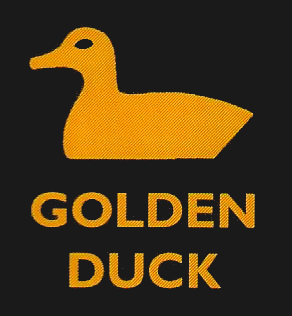A Pensioner’s Folly
Chris Ayres
Independent Publication
£8.95
Between August 2014 and November 2017 Chris Ayres logged 15400 miles in his cutter-rigged Vancouver 28 Sea Bear. Chris from Sheffield left his mooring in the Menai Straits completed his voyage preparations at Caernarvon Dock where his expected crew melted away. Nothing daunted he set out on his own. Chris, a 66-year-old, recently-retired climbing instructor and admirer of W.H Tilman, was following his adventurous dream. I wished his book had included some maps but essentially his route is not too hard to follow: across the Bay of Biscay to Spain, discovering some of the Rias and then the coast of Portugal, loving his glimpse of Morocco. Then Sea Bear headed for the Canaries, the Cape Verde Islands and across the Atlantic to the Caribbean. They spent two seasons exploring before taking the plunge through the Panama Canal and across the Pacific via the Galapagos Islands and French Polynesia to New Zealand.
Most of us are aware that such voyages, undertaken by perfectly ‘ordinary’ sailors, are becoming so much more achievable that it’s almost a temptation to dismiss them as commonplace. We shouldn’t forget what a wonderful attitude of mind and feat of self- reliance and organisation they represent. Chris Ayres isn’t a ‘literary’ writer – he writes as he finds – but puts this point across by an excellent choice of quotations to head each chapter – I’d struggle to pick a favourite but will offer this from Henry Miller as it wasn’t previously familiar: ‘If we are always arriving and departing, it is also true that we are eternally anchored. One’s destination is never a place but rather a new way of looking at things.’ Chris Ayres isn’t trying to push his philosophy of life onto his readers; rather he simply tells what happened and then what happened next. I would guess that his way of looking at things is expressed in his acknowledgements section where he simply thanks ‘all those unnamed and unmentioned people in all the countries I visited[…] for making me feel welcome I your countries and making my time there so enjoyable.’ It’s a congenial attitude.
The grumpy book editor in me did quite often wish that Ayres had included a proof-reader in his acquaintances or had hooked up with an English teacher somewhere. This book was a 2020 lockdown project and is largely taken from the material on his attractive website. However, little slips of spelling and grammar which pass unnoticed electronically, do become more viable on the printed page. All self-publishing writers need to realise how invisible their own errors become and how important it is to enlist fresh eyes before the final draft. Some readers will prefer the website version with its well-chosen photographs; others – and I’m amongst them – will be glad Ayres took the publication step, errors notwithstanding.
Sea Bear, the 28’ Robert Harris designed Vancouver 28, built by Northshore in 1987, is an equally unpretentious heroine. Ayres meets several other cruising yachtsmen exploring the world in her sister Vancouvers 28s and this speaks very well of the class. I worried at the end of the book that she might have been left in New Zealand when the pandemic put a stop to progress so I turned to Ayres’ blogposts to discover what happened next (http://www.mountainadventures.co.uk/seabear/). I don’t think I’m springing any surprises to relate that both he and Sea Bear seized the chance to be repatriated: he by air and she on a container ship. At the time of writing it’s satisfying to report that they’re exploring the Essex rivers with the same positive outlook and ready appreciation that they evidenced crossing the two major oceans of the world.
